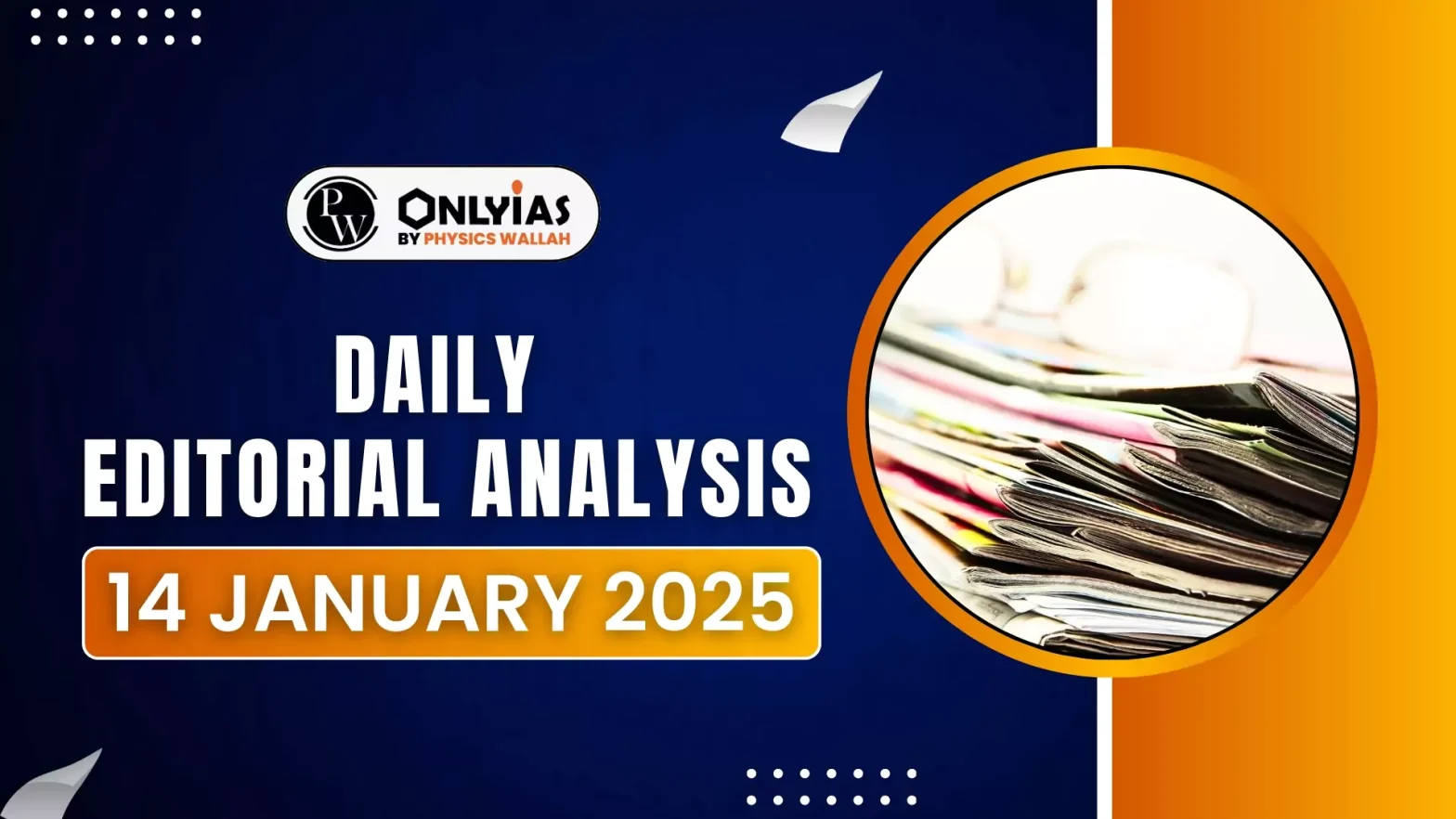Recently an amendment to Rule 93(2) of the Conduct of Election Rules, 1961, was made to restrict public access to election-related records.
Background of the Amendment
- Chandigarh Scandal: Last year, presiding officer Anil Masih was caught on CCTV camera manipulating votes in the Chandigarh mayor elections to help the Bharatiya Janata Party (BJP) secure victory.
- The incident underlined the importance of infusing transparency in the electoral process to detect and prevent election fraud.
- Amendment by Central Government: The Central government brought an amendment to Rule 93(2) of the Conduct of Election Rules, 1961, to restrict public access to election-related records.
Enroll now for UPSC Online Course
Amendments Following High Court Direction
- Directive by the High Court: The amendment came days after the Punjab and Haryana High Court directed the Election Commission of India (ECI) to provide information under Rule 93(2) of the Conduct of Election Rules.
- Copies of Form 17C and CCTV footage of the Assembly elections in Haryana were among the records requested.
- Details of the Amendment: The amendment to Rule 93(2) narrows the scope of public access to information by specifying that only “papers as specified in these rules relating to the election shall be open to public inspection.
- Implication of Amendments: Records related to the electoral process, including Form 17C, video recordings, and CCTV footage, will potentially fall under restricted access due to the amendment.
Rule 93
- Rule 93 of the Conduct of Election Rules provides a framework for people to obtain information related to elections.
- Rule 93(2) originally stated that, other than the records specifically exempt under Rule 93(1), all papers relating to elections shall be available for people to inspect and take copies of.
Form 17C:
- Part I is filled by the Presiding Officer of each polling station at the close of voting and submitted to the Returning Officer of the constituency.
- It records voter turnout and the number of votes registered in the Electronic Voting Machines (EVMs).
- Part II is Completed on the day of counting by noting the votes secured by each candidate as recorded in the EVMs.
|
Delays that led to Doubts
- Safeguards Against Misuse: The Representation of the People Act, 1951, includes safeguards to prevent the ruling party from arbitrarily misusing its power to frame rules.
- One such safeguard mandates that rules can only be made “after consulting the Election Commission.”
- Transparency Concerns: It is baffling why the ECI, an institution tasked with ensuring free and fair elections, opposes transparency, especially when serious questions have been raised about the sanctity of the electoral process.
- Lack of Absolute Numbers: During the general elections of 2024, the ECI did not release voter turnout figures in absolute numbers after voting was completed in the initial phases.
- An unusually high revision of 6% in voter turnout figures in some phases, without any explanation, led to public demand for disclosure of Form 17C.
- Significance of Form 17C: The documents serve as a critical tool to verify whether voter turnout matches the votes polled and counted, ensuring the integrity of the electoral process.
- Allegations by Political Parties: Several political parties sought copies of Form 17C, citing an abnormally large increase in voter turnout figures between those declared by the ECI on polling day and the final turnout announced days later.
- For ex: The Biju Janata Dal (BJD), an ally of the BJP, highlighted a significant discrepancy in voter turnout figures in some constituencies in Odisha, raising questions about the integrity of the election process.
- Repetition of Issues: Similar concerns were raised during the Assembly elections in Haryana and Maharashtra.
- Applications were filed seeking access to Form 17C and other election records, further emphasizing the demand for transparency in the electoral process.
Check Out UPSC CSE Books From PW Store
Arguments given by the ECI for Denial
- Denial of Form 17C Requests Despite multiple requests, the Election Commission of India (ECI) consistently stonewalled demands for Form 17C.
- The Biju Janata Dal (BJD) reported in a petition to the ECI that even its candidates were denied copies of Form 17C, despite invoking the Representation of the People Act and the Right to Information Act, 2005.
- Questionable Legal Argument: The ECI argued that there is no legal requirement to share Form 17C with anyone other than candidates and political parties through their designated polling agents.
- Concerns Over Misuse: It claimed a “one-to-one relationship between each Form 17C and its possessor,” suggesting that unrestricted disclosure could lead to the morphing of images and potential misuse.
- Technical Limitations: The ECI also stated that it lacks the technical capability to scan and upload the documents.
- The claim that Returning Officers cannot scan and upload a few thousand pages in the digital age seems implausible, especially in a country promoting “Digital India.”
- Reluctance to Share Form 17C: The ECI’s reluctance to share Form 17C is hard to justify. Part I of Form 17C is already shared with polling agents without restrictions on further sharing.
- Omission of Form 17C Data: On December 26, 2024, more than six months after the general elections, the ECI released a set of 42 statistical reports.
- These reports did not include data from Form 17C. The absence of this data leaves unresolved the critical issue of discrepancies between votes polled and counted.
Conclusion
Transparency is crucial for trust in elections. With a court challenge underway, the ECI and the ruling party in center should withdraw the amendment, which undermines democracy.
![]() 14 Jan 2025
14 Jan 2025

